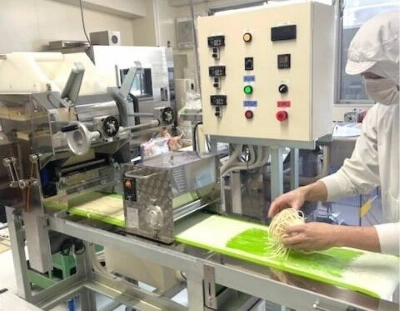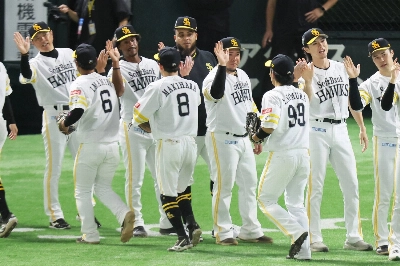How much should a company pay an employee for his or her invention? The question has stirred controversy in Japan since January when a lower court ruled in favor of a mind-boggling 20 billion yen payment requested by Mr. Shuji Nakamura, a former chemical company employee and now a University of California professor, who invented the blue light-emitting diode, or LED, that is used widely in video screens and other color display devices.
In a similar suit involving an employee invention, the Tokyo District Court last month ordered Ajinomoto Co., a maker of seasonings, to pay about 189 million yen to Mr. Masayoshi Naruse, the firm's former chief researcher, who developed a manufacturing process for aspartame, an artificial low-calorie sweetener.
These two cases add up to a robust defense of employee inventors who feel unfairly treated, yet both reveal notable differences. While at Ajinomoto, Mr. Naruse received favorable treatment as a "star engineer," serving in a number of key posts, including that of chief production manager. In 2001, in recognition of his achievements, the company paid him a 10 million yen bonus. By contrast, Mr. Nakamura received, incredibly, only 20,000 yen as a reward.

















With your current subscription plan you can comment on stories. However, before writing your first comment, please create a display name in the Profile section of your subscriber account page.